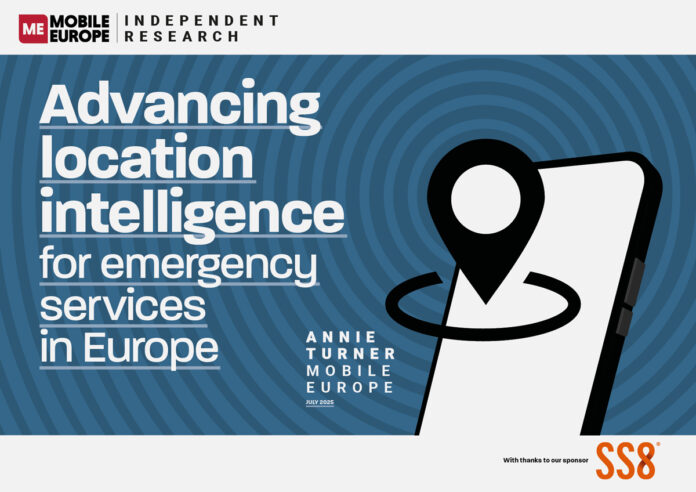Location-based technologies for emergency response exist to help people in trouble; to save as many lives as possible and ensure the best outcomes for survivors.
Additional sources and advances in technology have steadily improved the accuracy of location-based information and the speed of its delivery to first responders. Regulation has shadowed these developments with the intention of obliging communication service providers (CSPs) to harness the best available technology to improve public safety for everyone.
This independent research report looks at the provision of location-based information to Europe’s emergency services, how it is progressing and what needs to happen next.
This includes technological developments and the status of the EU’s regulatory framework, and compliance with that regulation at bloc and national levels.
Inevitably regulation trails innovation. By the end of 2027, all the countries subject to the EU’s regulation (Member States and others that opted in) must be running their emergency communications infrastructure on IP-based infrastructure.
At that point, digital infrastructure will finally form the basis of the next generation emergency number platform (known as NG112) which has been under development for a number of years.
This paves the way for radical modernisation, finally, but is the emergency services ecosystem willing and able to meet the challenges of a new architecture and operational mode?
We explore this, and more, in the report.




